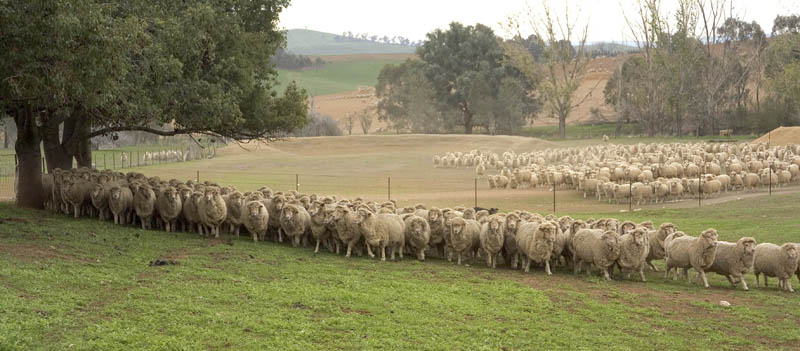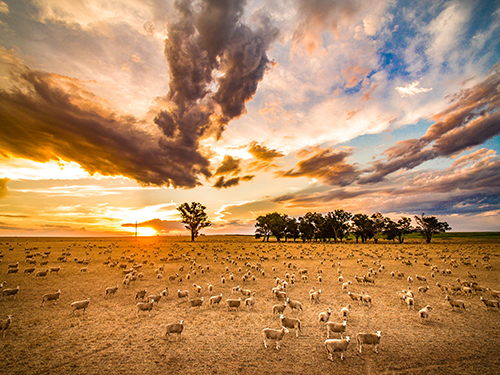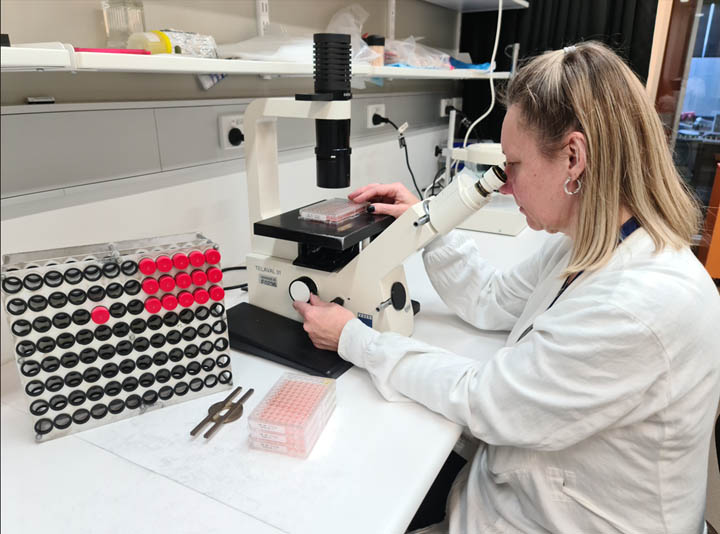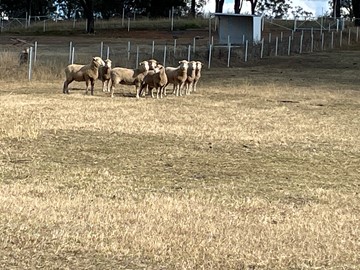- GVP $1.4 billion est. Down 5% year-on-year.
- NSW mutton production increased significantly, up 35% on the previous year and 32% above the 10-year average production.
- Unseasonal surges in supply put prices under heavy pressure in 2023.


Production
NSW Mutton and Lamb slaughter ('000 head) 151
- Lamb 10 year average (LHS)
- Mutton 10 year average (RHS)
- Lamb slaughter rolling 12 month vs 10 year average (LHS)
- Mutton slaughter rolling 12 month vs 10 year average (RHS)
Price
Eastern States Lamb Indicator and National Mutton Indicator 178
- NMI (cents/kg cwt)
- NMI 10 year average
- ESTLI (cents/kg cwt)
- ESTLI 10 year average
Trade
Lamb exports to China were also up 18% on last year to just over 44 thousand tonnes however, for the first since 2016, did not show significant growth in value, 35 largely due to the impact of COVID lockdowns and restrictions which suppressed demand for higher value products. The US retained its spot as the top export destination for NSW lamb by value, despite falling 9% year-on-year to $309 million 35 as domestic economic pressures impacted consumer spending on foodservice and premium meats.

Outlook
Whilst current prices are creating some difficulties in the short term, the medium-term outlook remains positive. Export volumes are at record highs despite the global economic challenges. Although export prices have declined, they remain high by historical standards, supported by a low Australian dollar. Australian exporters are also well placed to take advantage of the new Free Trade Agreement with the United Kingdom (A-UKFTA). On entry into force, the A-UKFTA will almost triple the amount of Australian sheepmeat that can be exported to the UK tariff-free. Australia can immediately export an additional 35,000 tonnes of sheepmeat to the UK. Australia’s quota will increase each year before reaching 88,000 tonnes after 10 years.
Stronger Primary Industries Strategy
mRNA vaccines made in Australia to prevent animal diseases
Strategic Outcomes

- 1.1 Lead the preparation for and prevention of future biosecurity threats
- 1.2 Coordinate timely and risk proportionate responses
- 1.3 Rapidly and efficiently contain biosecurity threats
- 1.4 Work in partnerships to minimise impacts to primary industries and the environment from endemic biosecurity threats

- 4.1 Anticipate and prepare for adverse events
- 4.2 Timely and proportionate response
- 4.3 Minimise impact of events

A border disease (BD) vaccine directed against the viral surface glycoprotein is being evaluated in sheep after demonstrating protective immunity in mice. The vaccine was evaluated in sheep using different dendrimers. The preferred formulation given at 50µg/head twice with a 5-week inter-dose interval produced strong virus neutralising titres and 7 of 8 of these sheep were protected against infection with live virus. The pestivirus AGID test for antibodies to a non-structural viral protein was positive in infected sheep but not vaccinated sheep giving the capacity to distinguish infected from vaccinated sheep. UNSW will produce mRNA constructs and establish the scale up and production pathways for dendrimer formulation. The NSW Pilot facility will be able to make vaccine in an emergency.

Regulatory requirements and expedited emergency registration of new mRNA vaccines for livestock are being explored with progress towards registration of the BD vaccine.


